Affiliate links on Android Authority may earn us a commission. Learn more.
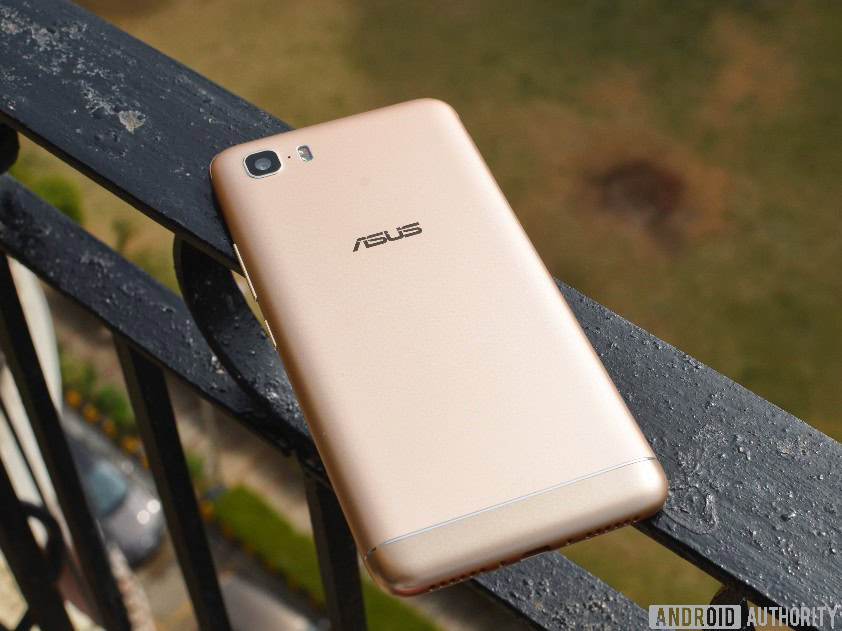
ASUS ZenFone 3s Max (ZC521TL) review
Published onFebruary 7, 2017
Asus ASUS ZenFone 3s Max (ZC521TL)
What we like
What we don't like
Our scores
Asus ASUS ZenFone 3s Max (ZC521TL)

It’s only been three months since ASUS launched the ZenFone 3 Max, but that hasn’t deterred the Taiwanese company to follow it up with an incremental upgrade, the ASUS ZenFone 3s Max (ZC521TL).
ASUS launched the first ZenFone Max in 2015 with a focus on marathon battery life. Now, the ZenFone 3s Max packs in a 5000mAh battery compared to the 4100mAh of its predecessor. There’s also slightly better internals and minor design changes for us to get interested.
With the entire ZenFone 3 portfolio, ASUS has upped the ante in design and positioning and instead of focusing on hardware specifications, aims to bring premium experience to its users. That also means that most of their latest phones are not exactly run-of-the-mill value-for-money devices, but differentiate themselves in design, camera, battery life, etc.
But does ZenFone 3s Max offer a well-rounded smartphone experience while delivering its promise of long battery life? Let’s find out!
Design
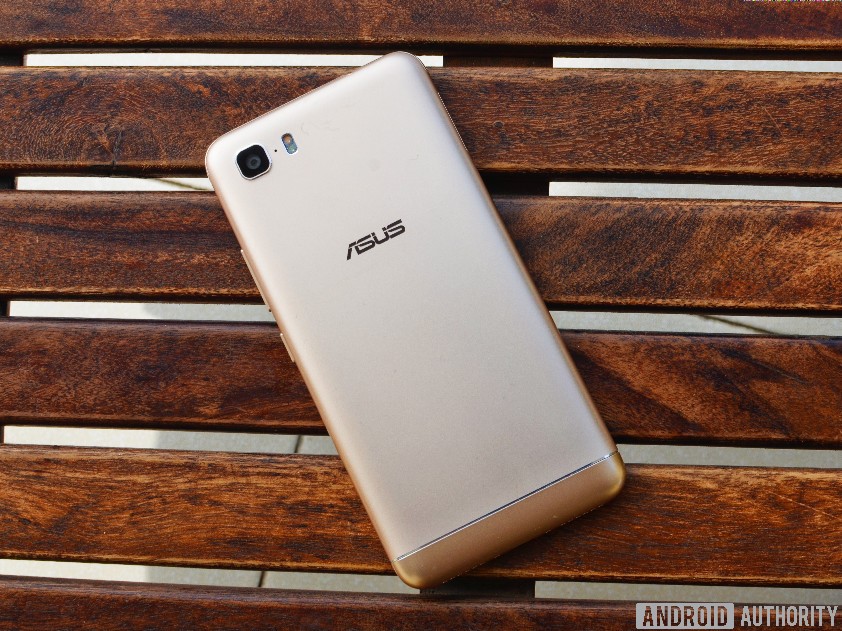
With the ZenFone 3 line-up, ASUS finally brought all-metal design to its smartphones much later than when most people would’ve liked. Even entry-level budget smartphones in 2016 boasted of an all-metal design.
Like its predecessor, the ZenFone 3s Max sports a metal unibody design – there’s nothing extraordinary about the design, but neither is it run-of-the-mill. The homogenous design language of the ZenFone series is apparent, a premium one at that. It is well-built and the aluminum chassis gives it a solid feel.
With this device, ASUS has done away with the capacitive navigation buttons, introducing on-screen buttons. Also, the fingerprint sensor has moved to the front below the display, instead of the back.
Since the ZenFone 3s Max is smaller than the ZenFone 3 Max (5.2-inch display instead of 5.5-inch), the former has a compact form factor. That combined with its slim bezels and rounded edges gives it nice ergonomics and it feels good to hold in the hand.
Unlike the original ZenFone Max, this one is not a brick and neither does it sport big bezels – boasting of pretty good 75 per cent screen-to-body ratio. It’s not very slim at 8.85mm, and at 175 grams, it’s not the lightest smartphone out there. Yet it is one of the lighter phones to pack a big battery, and there’s no apparent heft to it.
Display

The ZenFone 3s Max sports a 5.2-inch HD (720p) IPS display with a 2.5D curved glass on top. The display is sharp with rich colors and the 450 nits brightness is very good, offering great sunlight visibility. The viewing angles too are quite excellent. The contrast ratio though is just average, and even on higher brightness levels, the colors are not as vibrant as I would’ve liked.
It is, however, disappointing that the ZenFone 3s max sports only an HD display when other phones in the same – and even lower – price range feature a Full HD display. It’s good that the device packs in a smaller display, so this does not become a showstopper for a lot of people. Of course, it looks a poor sight on the specifications sheet.
Performance
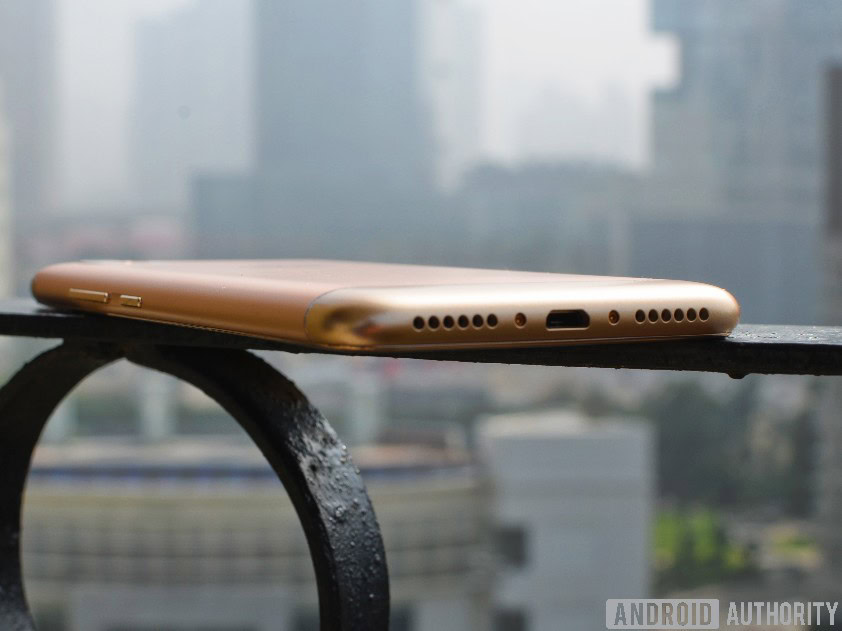
Powered by 64-bit MediaTek MT6750 processor clocked at 1.5GHz paired with 3GB of RAM, the ZenFone 3s Max chugs along nicely while multitasking offering a smooth Android experience. However, the chipset isn’t powerful enough as the ones powering some of the competitors. In 2017, it is a shame ASUS didn’t go for the Qualcomm Snapdragon 625, a terrific SoC for mid-range smartphones. Clearly, the device is geared towards casual smartphone users – and that is where it excels.
Of course, the USP of the ZenFone 3s Max is its long battery life. There is a considerable increase in the battery capacity of the Max this time around – from 4100 mAh to 5000 mAh. The device, with the hardware it packs and the software optimizations that ASUS has done, offers phenomenal battery life. With moderate usage, I was easily able to get two days battery life on the phone, which is quite good. Using the built-in power saving features, you can even squeeze more than that! Even in random observations, like a long media streaming session or more than few races at Asphalt 8, I noticed only a drain of few percent.
Hardware
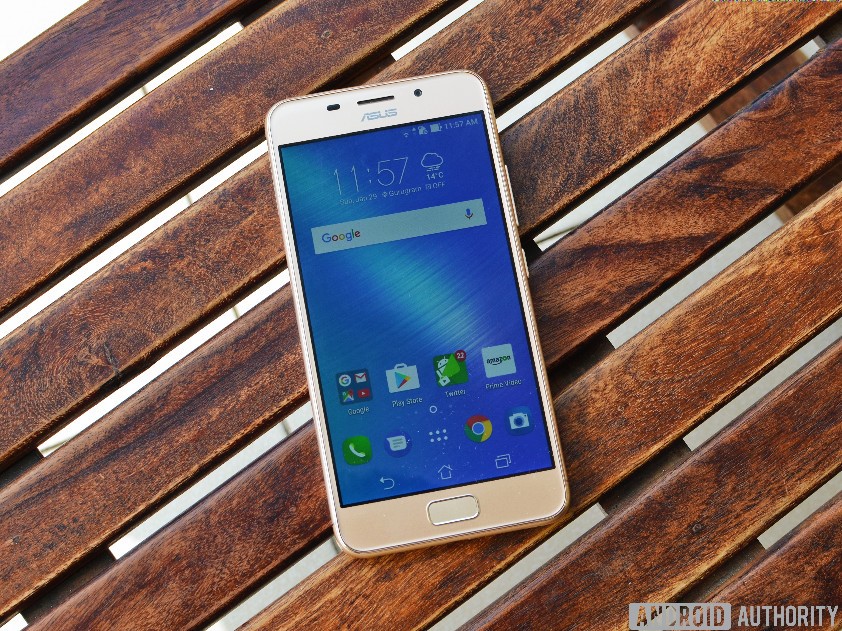
The ZenFone 3s Max comes with 32GB of internal memory, further expandable by up to 2TB via a microSD card slot. The dual SIM smartphones features a hybrid slot, so you can either use the second SIM or the microSD card, but not both. The phone supports reverse charging, and can be used to charge other devices via OTG.
The fingerprint scanner can be used to answer incoming calls, launch the camera app, or take a picture. While the authentication is just fine, the recognition is a tad miss-and-a-hit. In first couple of days with the device, I would never get it right in the first try. Of course, with impulse you get used to placing the thumb exactly where the sensor wants you to, but one would expect a little flexibility there.
Camera
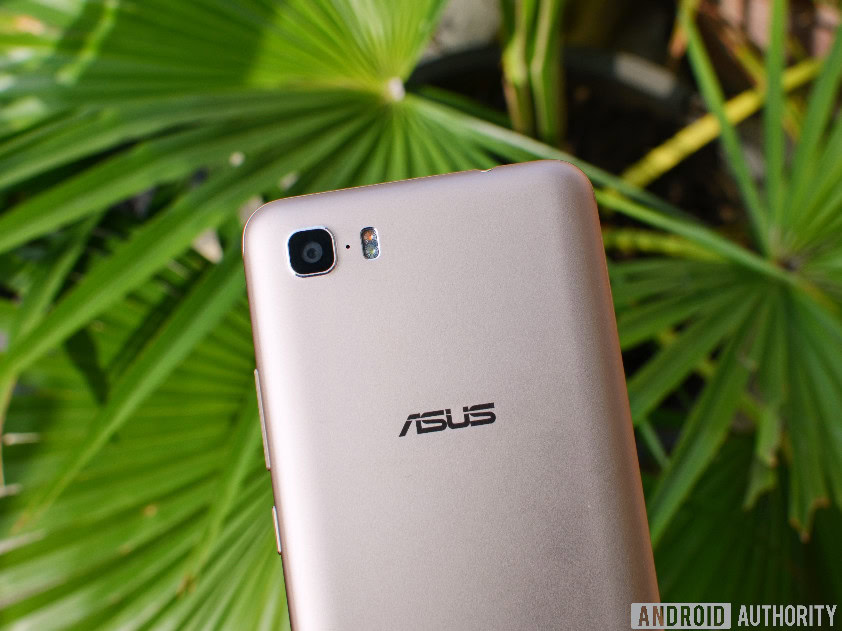
The ZenFone 3s Max sports a 13-megapixel rear camera with dual LED flash. Outdoors in daylight, the camera performs decent. While the color reproduction is mostly accurate, the photos lack details. The photos aren’t sharp enough, which is more pronounced when I viewed them on a 32-inch display. For most people though, who just share photos on social media, this shouldn’t be a problem.
Indoors or in low-light conditions, only some of the shots come out decent, but mostly they are very noisy with messed up metering.
On the front, there is an 8-megapixel camera that manages to click detailed selfies outdoors, and just about okay ones indoors.
The camera app on the Zenfone 3s Max is the same as on the company’s flagship ZenFone 3 smartphone. While the options are great to tinker around, including a manual mode and a super resolution mode that takes four photos to combine into one 52MP image for superior details, the camera on the ZenFone 3s Max is just average.
Software
The first Nougat device from ASUS, the ZenFone 3s Max runs Android 7.0 out of the box with the new version of the company’s proprietary ZenUI 3.0 on top of it. Virtually, every nook and corner of the Android experience gets a fresh coat of paint.
Right up, that’s a good thing. The older versions of ZenUI were plagued with bloatware and gimmicky UI elements that marred the overall user experience. The latest version is a complete makeover, and offers a clean UI with subtle animations. There are several nifty utilities, but there’s still a plethora of ASUS-branded apps that I’ve hardly seen anyone using really. Unfortunately, only a few of these can be uninstalled and while you can disable most others, they still occupy storage space on your phone.
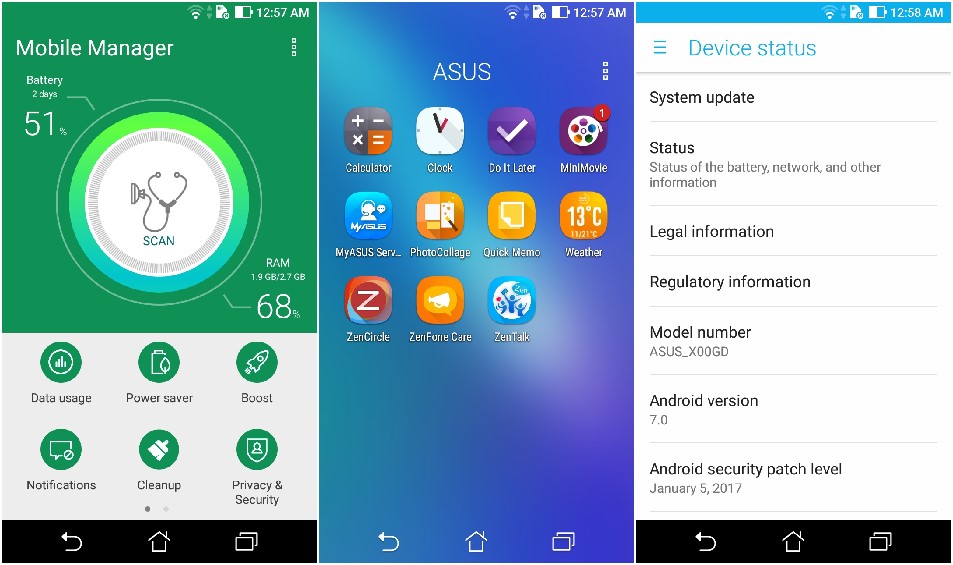
ZenUI 3.0 features an app drawer, and there’s a built-in search functionality. You can swipe down the screen and search the Web or your apps and contacts, and view your frequently used apps. There’s an all-new Theme Store from which users can download free as well as paid themes, wallpapers, icons, and ringtones to customize their smartphone.
The latest version of ZenUI is fluid and aims to offer stock Android-like experience while offering additional functionalities. And, it succeeds in doing that. It’s one of the better UIs out there in terms of ease of use and feels polished. Better internals would’ve made it even smoother on the ZenFone 3s Max. ASUS has reduced the bloatware this time around, but still has a long way to go in that positive direction.
Specifications
| Operating System | Android 7.0 Nougat with ZenUI 3.0 |
|---|---|
Display | 5.2-inch HD (720p) IPS | 450nits brightness | 2.5D curved glass display | Built-in Bluelight filter |
Processor | MediaTek 64-bit 1.5GHz MT6750 | Mali T860 GPU |
RAM | 3GB |
Internal Storage | 32GB; expandable up to 2TB with microSD card |
Rear Camera | 13 MP | f/2.0 | 5p Largan lens | Dual LED Real-tone Flash | 52MP Super Resolution |
Front Camera | 8MP | 85° field-of-view |
Battery | 5000 mAh |
Weight | 175 grams |
Gallery
Pricing and final thoughts

The ZenFone 3s Max aims to pimp up the Max range with a premium design while improving the internals from its predecessor. It succeeds there, but there’s little else.
Like the entire ZenFone lineup, the ASUS ZenFone 3s Max is a decent smartphone. It looks good on paper, but the real-world performance is limited – the ZenFone 3s Max would only meet the demands of less discerning users. Yes, there’s the fantastic battery life, and that’s the sole reason one should go for this device.
At ₹14,999 ($222) in India, the ZenFone 3s Max finds itself in a crowded market with better spec’d smartphones from Xiaomi and Lenovo around it – some of them with great battery life too. The latest Max is a good enough smartphone in isolation but is not a well-rounded package one would’ve liked it to be. A few thousands cheaper, and it might have been a better buy.